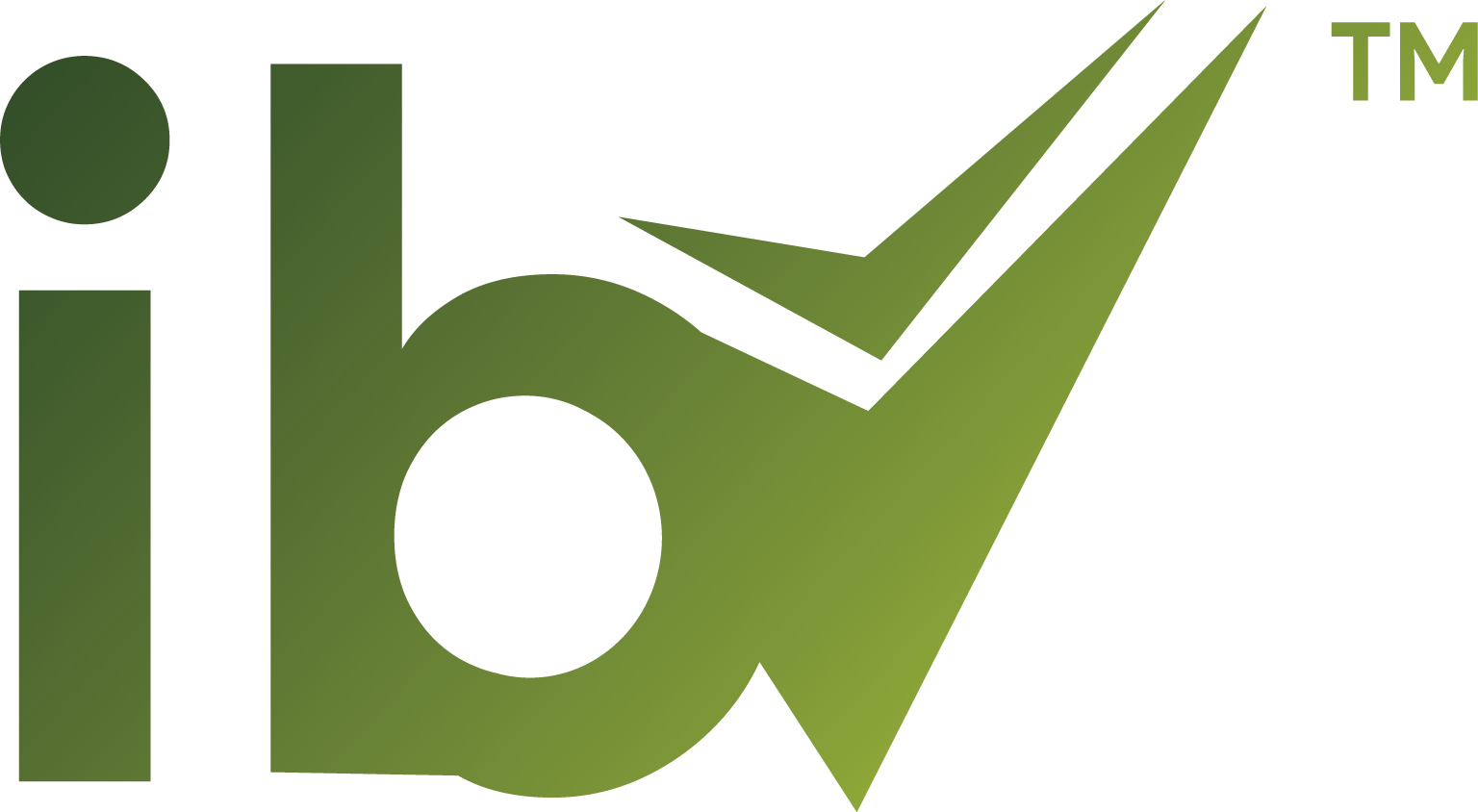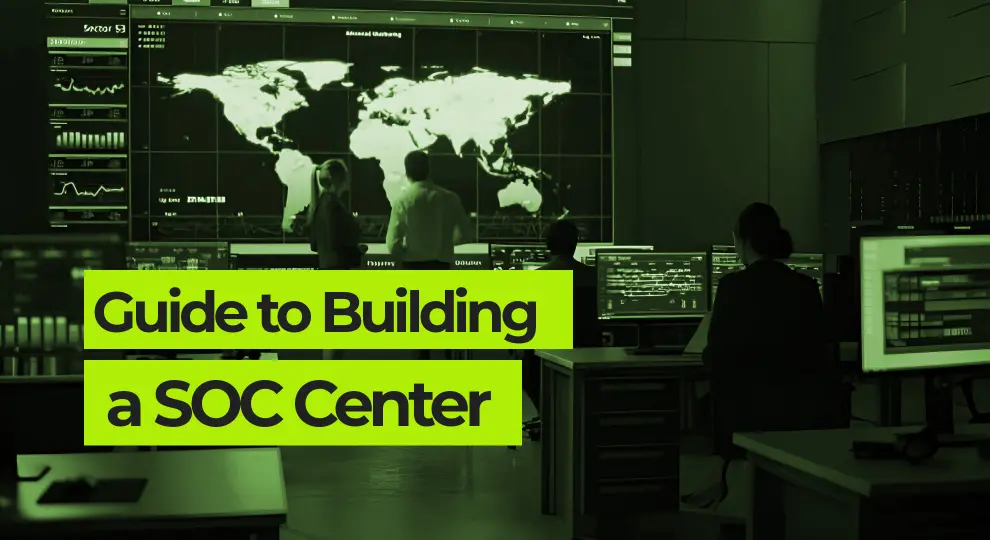As a leading cybersecurity consulting firm, we understand the critical importance of safeguarding your organization’s digital assets from evolving cyber threats. Our comprehensive suite of solutions, including Privilege Access Management, Security Operation Centre (SOC), Network Segmentation, Global Security Policy, New Awareness Platform, Disaster Recovery and Incident Response, and Cloud Migration, work in synergy to provide unparalleled protection and resilience. Here’s why each of these solutions is vital for your organization:
— Privilege Access Management
By implementing robust access controls and privileged account management, we ensure that only authorized individuals have elevated privileges. This minimizes the risk of unauthorized access and insider threats, protecting your sensitive data and systems.
— Security Operation Centre (SOC)
Our dedicated SOC monitors your network round the clock, detecting and responding to potential threats in real-time. Our skilled analysts employ advanced threat intelligence and cutting-edge tools to proactively identify and mitigate security incidents, reducing the impact of breaches.
— Network Segmentation
By dividing your network into smaller, isolated segments, we limit the lateral movement of threats. This containment strategy prevents attackers from gaining unfettered access to critical assets, enhancing overall security and reducing the scope of potential breaches.
— Global Security Policy
Our experts work closely with your organization to develop a comprehensive security policy tailored to your unique requirements. This policy sets clear guidelines and standards for security practices, ensuring consistent and effective security measures across your entire infrastructure.
— New Awareness Platform
We provide a robust awareness platform that educates your employees about the latest cyber threats and best practices. By fostering a security-conscious culture, your workforce becomes a formidable line of defense against social engineering attacks and other cyber risks.
— Disaster Recovery and Incident Response
Our team designs and implements robust disaster recovery plans to ensure business continuity in the face of unexpected disruptions. Additionally, our incident response framework enables swift and effective response to security incidents, minimizing the impact and downtime associated with breaches.
— Cloud Migration
As organizations increasingly embrace cloud computing, we facilitate a seamless and secure transition to cloud environments. By leveraging industry-leading cloud security practices, we enable you to capitalize on the benefits of the cloud while ensuring the confidentiality, integrity, and availability of your data.
At IBV, our holistic approach and deep expertise empower organizations to fortify their defenses and proactively respond to cyber threats. We understand that each solution plays a vital role in safeguarding your organization’s digital landscape. Partner with us to ensure a resilient security posture that protects your valuable assets and enables you to thrive in today’s cyber landscape.
Companies should start taking measures to protect their environment from ransomware due to several compelling reasons:
- Financial Impact
- Operational Disruption
- Data Breach and Privacy Concerns
- Reputational Damage
- Prevention is Key
- Industry and Regulatory Requirements
In summary, the increasing prevalence and damaging consequences of ransomware attacks highlight the urgent need for companies to prioritize cybersecurity measures. By implementing comprehensive security controls, educating employees, and staying vigilant against emerging threats, businesses can better protect their environment and minimize the risks associated with ransomware attacks.
Our methodology entails a comprehensive evaluation of your environment, enabling our proficient specialists to tailor an optimal solution that aligns seamlessly with the complexities in your environment:
Assessment
Security Risk Assessment: See your company like never before. Our security risk assessment identifies your critical assets and vulnerabilities, in addition to evaluating your organization’s core cyber security capabilities.
Cyber Security Testing: We use real-world testing and simulations to help you understand your vulnerabilities and strengthen your defenses, so you don’t learn about them the hard way.
Cyber Impact Analysis: Financial Quantification Knowing the financial impact of a cyber event to your organization is essential for good governance and decision making. Quantify your risk.
Bulwark
Cyber Insurance: Technology has advanced to the point that all companies need protection from the financial loss impact of a cyber incident.
Cyber Secure Select: A cyber risk mitigation solution for executives and high net worth individuals that works to extend your security perimeter at home and on the go.
Business Continuity Management for Cyber Risk: Helping organizations identify gaps in legacy BCM strategies that have emerged due to the rapid adoption of digital technology.
Summary of our Solutions
Threat Detection and Response: The primary role of a SOC is to detect and respond to cyber threats. The SOC uses advanced security technologies, such as intrusion detection systems, security information and event management (SIEM) tools, and machine learning algorithms to identify and respond to security incidents in real-time.
Incident Management: When a security incident occurs, the SOC’s security analysts will investigate and respond to the incident. The SOC will document the incident, analyze its impact, and determine the appropriate response to mitigate the risk and minimize the impact of the incident.
Vulnerability Management: The SOC is responsible for maintaining the organization’s security posture by identifying and mitigating vulnerabilities in the IT infrastructure, applications, and data. This includes regular vulnerability scans, patch management, and configuration management.
Compliance Management: Many organizations are subject to regulatory compliance requirements, such as GDPR, HIPAA, and PCI DSS. The SOC is responsible for ensuring that the organization complies with these regulations by implementing appropriate security controls and monitoring the organization’s compliance posture.
Threat Intelligence: The SOC uses threat intelligence feeds and research to proactively identify emerging threats and adjust the organization’s security posture accordingly.
Continuous Monitoring: The SOC provides 24/7 monitoring of the organization’s IT infrastructure, applications, and data to ensure that security incidents are identified and addressed in real-time.
Reporting and Analytics: The SOC provides regular reports and analytics to the organization’s management team to communicate the effectiveness of the SOC’s security operations, as well as to identify trends and areas of improvement.
Privileged Access Management
Privileged Access Management (PAM) refers to the set of practices, technologies, and policies designed to control and monitor privileged access to an organization’s IT infrastructure, systems, and data. PAM is critical for reducing the risk of cyberattacks and data breaches by ensuring that privileged accounts are only used by authorized personnel and that privileged activities are logged and audited.
Identity and Access Management: PAM provides centralized control and management of privileged identities and access to critical resources. PAM solutions enforce policies and workflows for privileged account provisioning, deprovisioning, and access control.
Privileged Account Discovery: PAM solutions scan the network to discover privileged accounts and credentials. This enables organizations to identify and eliminate unused or unnecessary privileged accounts, reducing the attack surface and improving security.
Password Management: PAM solutions automate the process of password management for privileged accounts. This includes enforcing password policies, rotating passwords, and integrating with enterprise password management tools.
Session Management: PAM solutions monitor and control privileged sessions in real-time, ensuring that only authorized personnel have access to privileged accounts and that their activities are audited.
Privileged Task Management: PAM solutions enforce policies and workflows for privileged activities, ensuring that sensitive operations are only performed by authorized personnel and that they are audited.
Audit and Reporting: PAM solutions provide detailed audit logs and reports for privileged account activity, providing visibility into who is accessing critical resources and what they are doing. This information can be used to identify security risks, investigate incidents, and comply with regulatory requirements.
DRP and IRP
Disaster Recovery Planning (DRP) and Incident Response Planning (IRP) are two critical components of an organization’s business continuity strategy. DRP involves creating a plan to recover from a catastrophic event that disrupts normal business operations, while IRP involves creating a plan to respond to and mitigate the impact of a security incident.
Disaster Recovery Planning: DRP involves creating a comprehensive plan for recovering from a catastrophic event, such as a natural disaster, cyberattack, or equipment failure. The DRP plan should include procedures for data backup and recovery, system restoration, and business continuity.
Risk Assessment: The first step in DRP is to conduct a risk assessment to identify potential threats and vulnerabilities to the organization’s IT infrastructure and data. This information is used to determine the likelihood and potential impact of a catastrophic event and to prioritize recovery efforts.
Backup and Recovery: DRP includes procedures for data backup and recovery. This includes selecting appropriate backup technologies and strategies, determining backup frequencies and retention periods, and testing backup and recovery procedures.
System Restoration: DRP includes procedures for system restoration, including restoring data, applications, and systems to a functional state following a catastrophic event.
Incident Response Planning: IRP involves creating a plan to respond to and mitigate the impact of a security incident, such as a cyberattack or data breach. The IRP plan should include procedures for incident detection, containment, investigation, and recovery.
Incident Detection: The first step in IRP is to detect the incident. This may involve the use of security technologies such as intrusion detection systems, firewalls, and SIEM tools.
Incident Containment: Once an incident is detected, the IRP plan should include procedures for containing the incident to prevent further damage. This may involve isolating affected systems and networks, and implementing temporary security controls.
Incident Investigation: The IRP plan should include procedures for investigating the incident to determine the root cause, the scope of the impact, and the extent of data loss or compromise.
Incident Recovery: The final step in IRP is to recover from the incident. This may involve restoring affected systems and data, implementing new security controls to prevent a recurrence, and conducting post-incident reviews and analysis.
Network Segmentation
Network segmentation is a security technique that involves dividing a larger network into smaller subnetworks, known as segments or zones. Each segment is isolated from the others using various security controls, such as firewalls, access controls, and intrusion detection systems. This helps to prevent unauthorized access and reduce the impact of a security breach by limiting the scope of the attack.
Risk Assessment: The first step in network segmentation is to conduct a risk assessment to identify the critical assets and systems that require protection. This includes identifying the types of data that are stored or transmitted across the network, as well as the potential threats and vulnerabilities.
Segmentation Design: The next step is to design the network segmentation plan, including the number and size of the segments, and the security controls that will be used to isolate them. The design should consider factors such as the network topology, the location of critical assets, and the potential attack vectors.
Access Controls: Access controls are used to restrict access between network segments, ensuring that only authorized users and devices can communicate. This may include using firewalls, virtual private networks (VPNs), and intrusion detection systems (IDS) to monitor and control traffic between segments.
VLANs: Virtual Local Area Networks (VLANs) are a common method of network segmentation that allows multiple networks to coexist on a single physical network. VLANs can be used to isolate specific groups of devices or users, such as different departments within an organization.
DMZ: A Demilitarized Zone (DMZ) is a separate network segment that is accessible from the internet, but isolated from the internal network. The DMZ is used to host publicly accessible servers, such as web servers, while keeping them separated from the internal network to prevent unauthorized access.
Network Monitoring: Network segmentation requires ongoing monitoring and maintenance to ensure that the security controls are functioning as intended. This includes monitoring network traffic, reviewing access logs, and updating security policies and controls as needed.
Global Security Policy
A global security policy is a comprehensive plan that outlines an organization’s approach to security across all of its operations worldwide. This policy sets the framework for how an organization will protect its assets, employees, and stakeholders from a wide range of security threats.
Policy Scope: The global security policy should define the scope of the policy, including the assets and operations that are covered by the policy. This may include physical facilities, IT systems, data, and personnel.
Risk Assessment: A thorough risk assessment should be conducted to identify potential security threats and vulnerabilities. This includes conducting a threat analysis, identifying potential risks, and evaluating the impact of each risk.
Policy Framework: The global security policy should establish a framework for addressing security risks, including the roles and responsibilities of stakeholders, the policies and procedures that will be followed, and the security controls that will be implemented.
Security Controls: The global security policy should define the specific security controls that will be used to mitigate risks and protect assets. This may include physical security controls, such as access controls and surveillance systems, as well as IT security controls, such as firewalls and antivirus software.
Training and Awareness: The global security policy should include provisions for training employees and stakeholders on security policies and procedures. This includes providing regular security awareness training, as well as conducting security drills and exercises to test the effectiveness of security controls.
Compliance and Governance: The global security policy should ensure compliance with relevant regulations and standards, as well as internal governance policies. This includes monitoring and reporting on compliance, as well as enforcing sanctions for noncompliance.
Incident Response: The global security policy should include procedures for responding to security incidents, such as data breaches, physical security breaches, or cyber attacks. This includes establishing an incident response team, defining incident response procedures, and conducting regular testing and training exercises.
New Awareness Platform
A new awareness platform is a system designed to educate and train employees on various aspects of security awareness. It aims to raise awareness about security threats, best practices for securing company assets, and how to respond to security incidents.
Content Creation: The first step in developing a new awareness platform is to create content that is engaging and informative. This may include videos, interactive modules, quizzes, and other forms of content that are designed to educate and train employees on security awareness.
Delivery Methods: The new awareness platform should be designed to deliver content through a variety of methods, including desktop and mobile devices, as well as in-person training sessions. This ensures that employees can access training materials at any time and from anywhere.
Personalization: The new awareness platform should allow for personalization, so that employees can receive training materials that are relevant to their job role and responsibilities. This ensures that employees receive training that is specific to their needs and will be more effective in improving their security awareness.
Gamification: The new awareness platform may incorporate gamification features to make the training more engaging and fun for employees. This may include leaderboards, badges, and rewards for completing training modules or passing quizzes.
Metrics and Reporting: The new awareness platform should provide metrics and reporting capabilities to track employee engagement and progress. This allows the organization to measure the effectiveness of the training and identify areas for improvement.
Continuous Improvement: The new awareness platform should be an ongoing process of continuous improvement, with regular updates to content and delivery methods based on feedback and metrics. This ensures that the platform remains effective and relevant over time.
Secure Access Service Edge (SASE)
SASE, or Secure Access Service Edge, is a cloud-based security model that combines networking and security capabilities to provide secure access to applications and data from anywhere, on any device.
Cloud-Native Architecture: SASE is built on a cloud-native architecture, which allows for scalability, flexibility, and agility in delivering security and networking services to users.
Integration of Security and Networking: SASE integrates security and networking services, including secure web gateways, firewalls, zero trust network access, and software-defined WAN (SD-WAN), into a single platform, making it easier to manage and secure access to applications and data.
Identity-Centric Security: SASE is designed with an identity-centric approach to security, which focuses on user identities and their context in order to provide secure access to resources. This includes user and device authentication, access policies based on user roles and behaviors, and dynamic enforcement of security policies.
Analytics and Automation: SASE leverages analytics and automation to improve security and network performance. This includes real-time monitoring and analysis of network traffic, threat detection and response, and automated remediation of security incidents.
Cloud-Based Delivery: SASE is delivered as a cloud-based service, which means that users can access the service from anywhere, on any device. This also allows for faster deployment and easier management of security and networking services.
Cloud Migration
This transformative journey enables businesses to harness the power of the cloud, unlocking new possibilities, driving innovation, and gaining a competitive edge in the digital landscape.
Enhanced Data Protection: Cloud service providers implement robust security measures, such as encryption, access controls, and regular backups, ensuring the confidentiality, integrity, and availability of data. This helps protect sensitive information from unauthorized access and potential breaches.
Advanced Threat Detection and Prevention: Cloud platforms employ sophisticated security tools and technologies, including AI-powered threat detection systems and real-time monitoring, to identify and thwart potential cyber threats. This proactive approach strengthens the organization’s ability to detect and respond to security incidents swiftly.
Improved Business Continuity: Cloud-based backup and disaster recovery mechanisms provide an added layer of resilience. In the event of a cyberattack or data loss, organizations can swiftly restore their systems and data from secure off-site backups, minimizing downtime and ensuring uninterrupted operations.
Scalable Security Infrastructure: Cloud environments allow for flexible scalability of security resources based on demand. Organizations can easily adapt their security infrastructure to accommodate evolving threats, ensuring that security measures remain robust and effective as the business grows.
Centralized Security Management: Cloud migration enables centralized security management, streamlining security operations and ensuring consistent enforcement of security policies across the organization. This simplifies security administration, reduces complexity, and facilitates efficient monitoring and response to potential security incidents.
Access Controls and Identity Management: Cloud platforms provide robust access controls and identity management features, enabling organizations to enforce granular user permissions, multi-factor authentication, and centralized user management. This helps prevent unauthorized access and strengthens overall security posture.
Regular Security Updates and Patching: Cloud service providers diligently update their infrastructure and software with the latest security patches and fixes. This ensures that organizations benefit from up-to-date security measures without the burden of managing and applying patches themselves.






